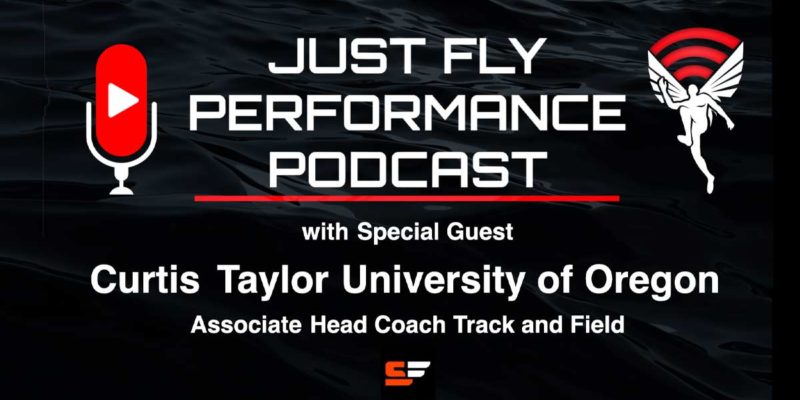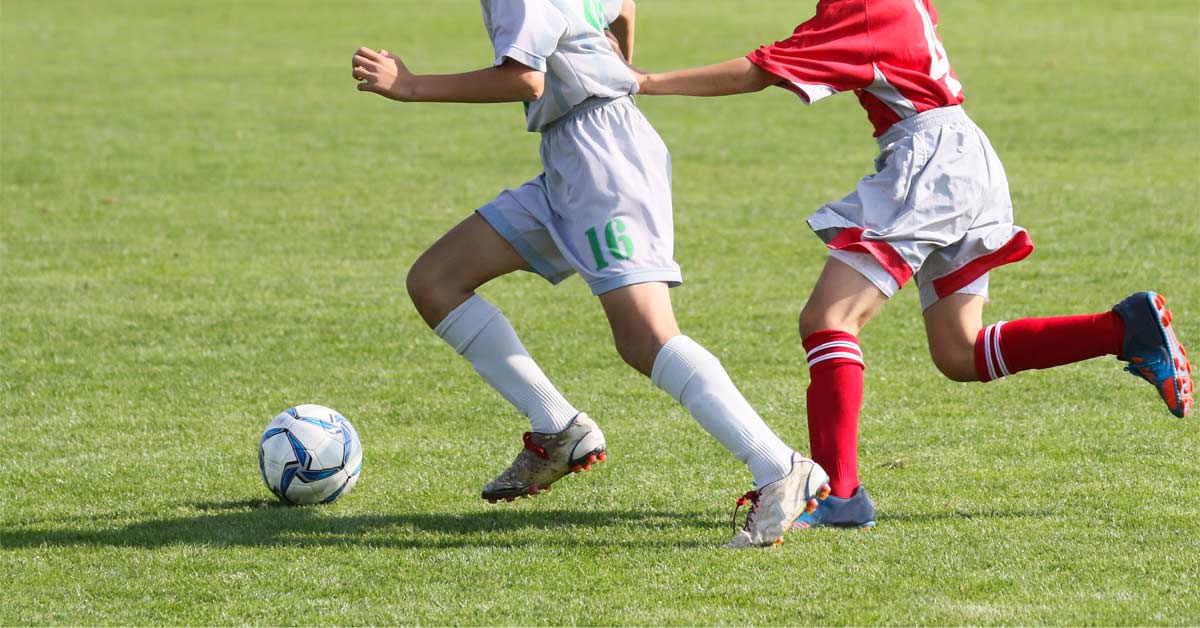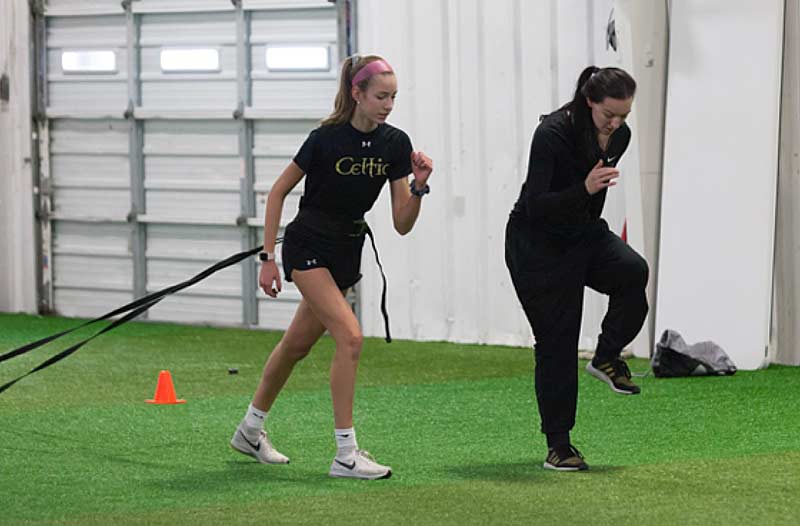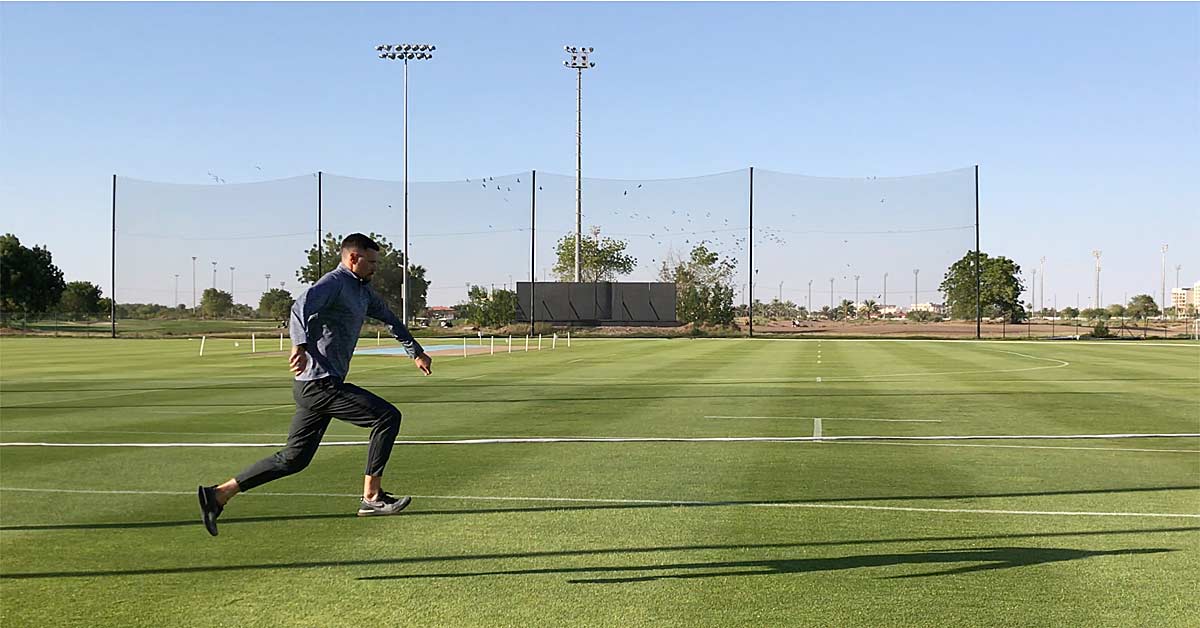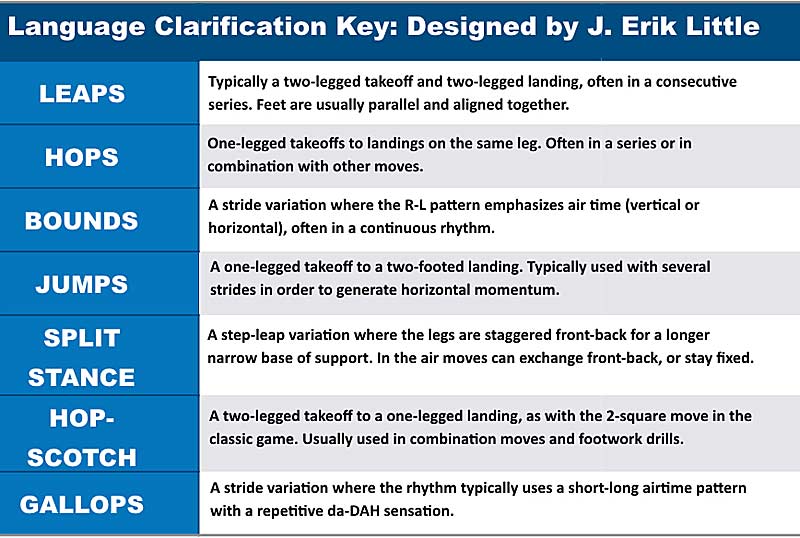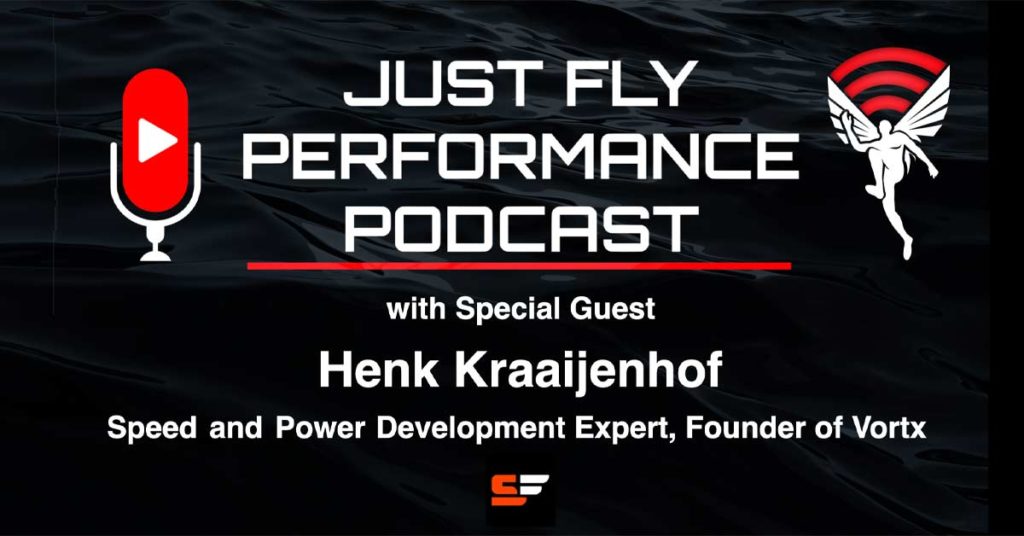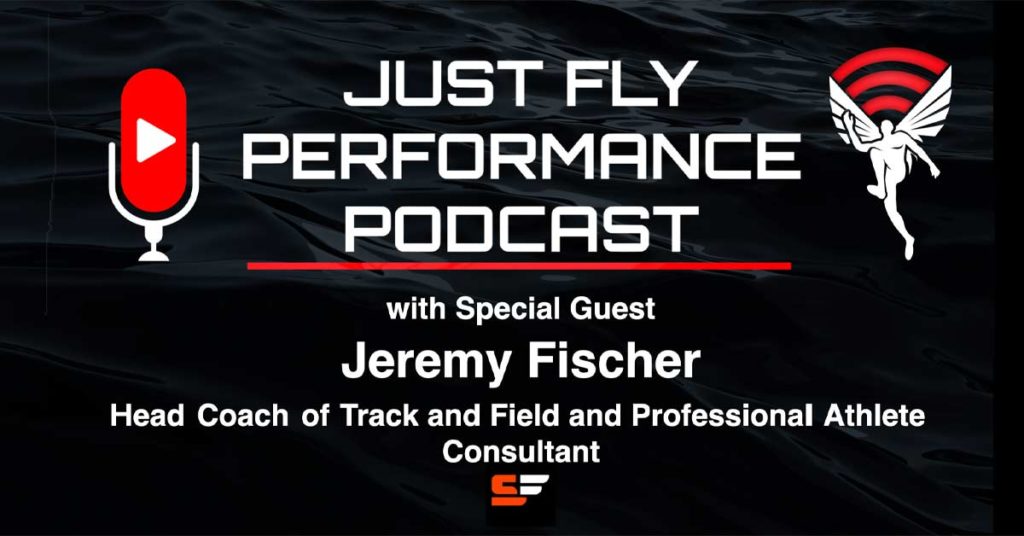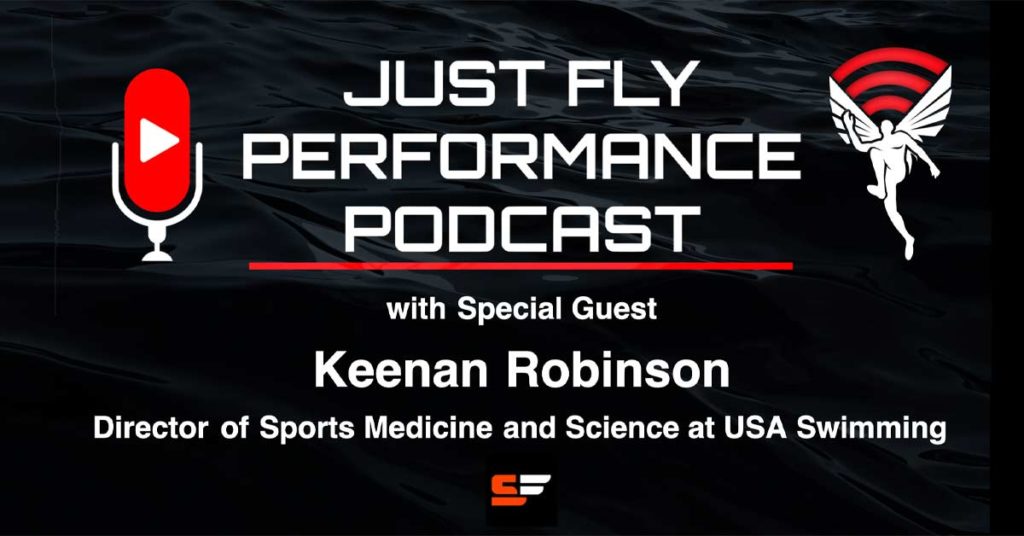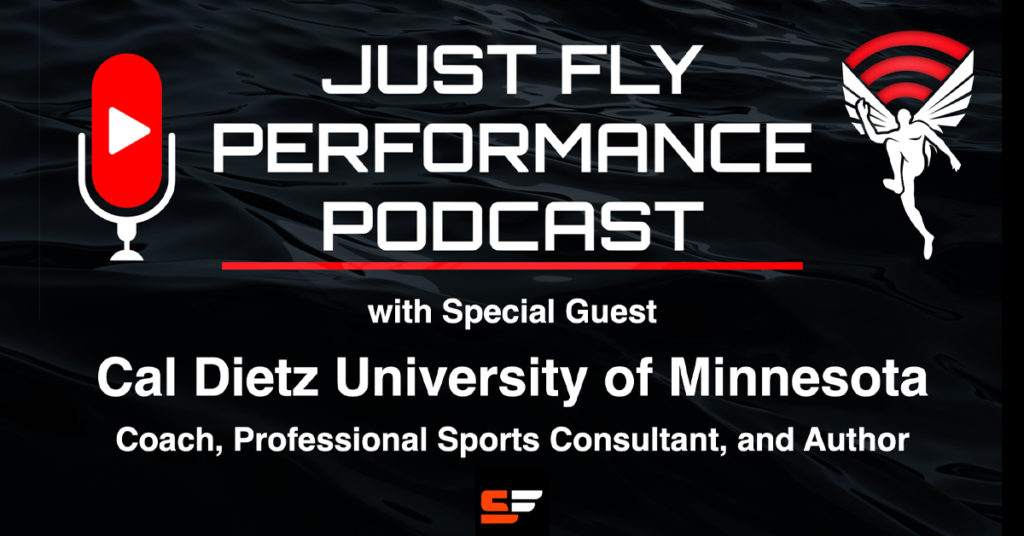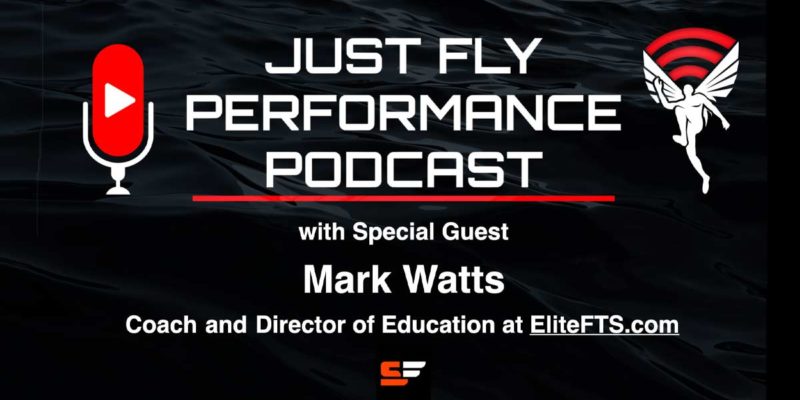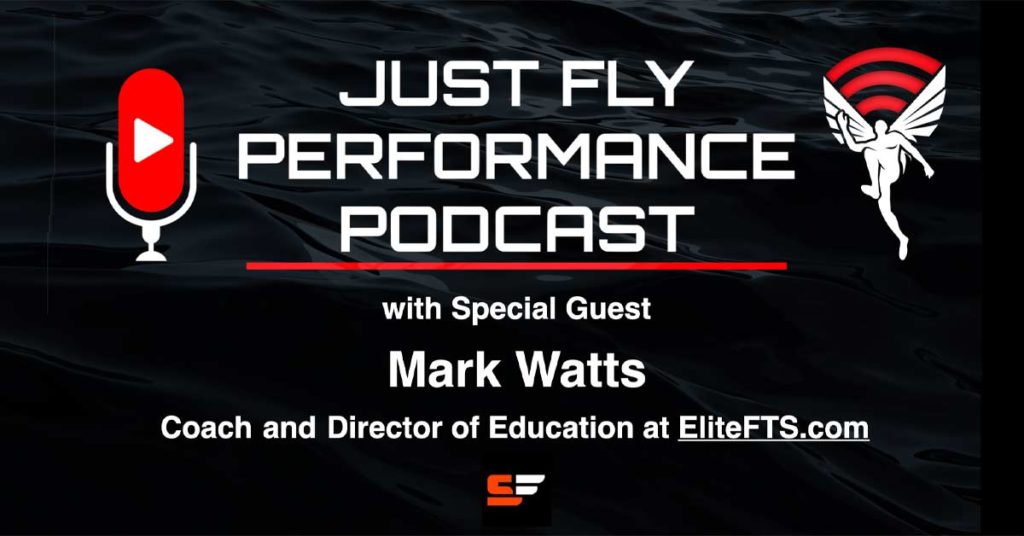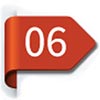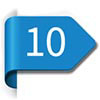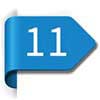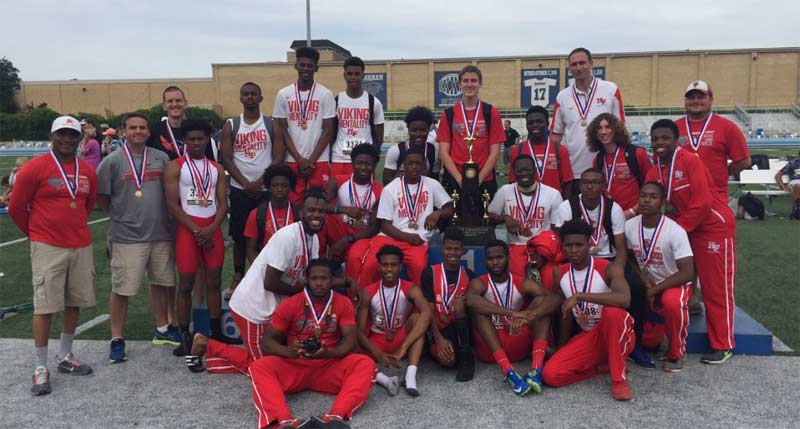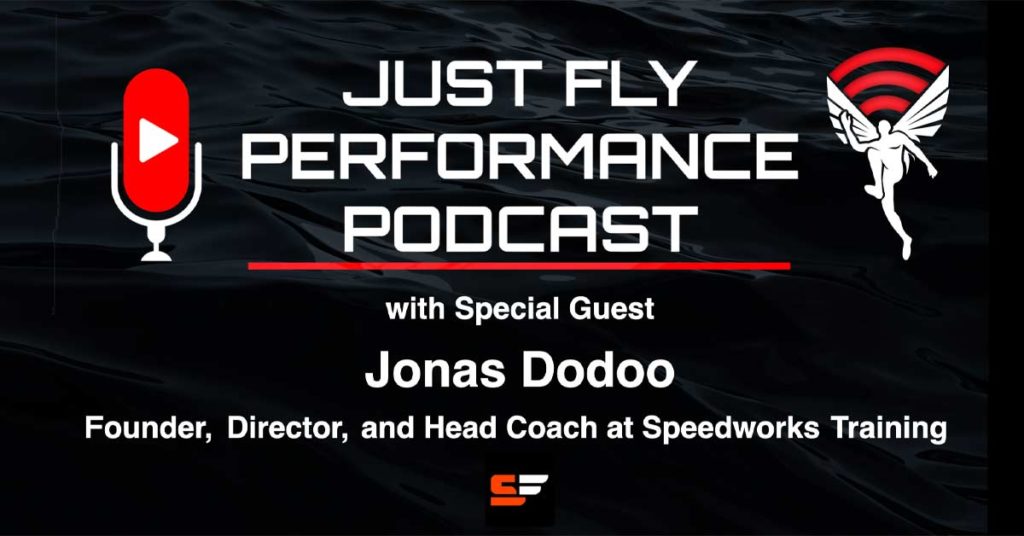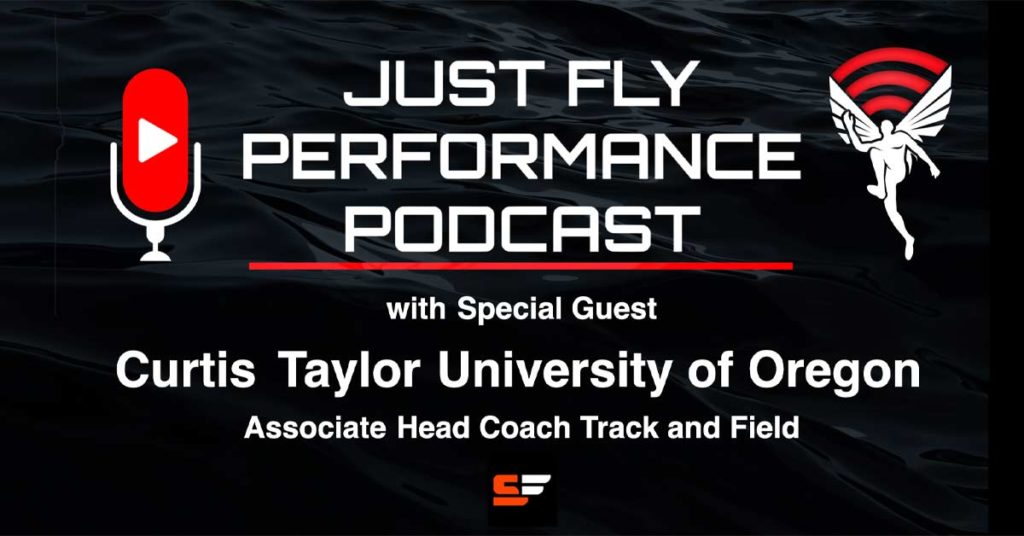
Matt Van Dyke is the Associate Director of Applied Sports Science at the University of Texas, Austin. Matt works directly with the Longhorn Football Program and is responsible for the management of training loads and recovery modalities implemented for each individual athlete in order to maximize performance and readiness to compete. Before coming to the UT, Van Dyke was the Associate Director of Sports Performance at the University of Denver. There, he was responsible for sports performance programming and implementation for men’s lacrosse, alpine ski, volleyball, tennis, and swimming.
Coach Van Dyke was a member of the Iowa State football team for four years as a wide receiver, where he earned Big XII Second Team Academic Honors for the 2011 and 2012 seasons. Matt is certified by the Collegiate Strength and Conditioning Coaches Association (SCCC). He earned his bachelor’s degree in exercise science from Iowa State University in December 2012.
Matt shares his hierarchy model for training for proper glute function. He also gives us his insight into the Triphasic Training Program he learned while coaching and interning at the University of Minnesota under Cal Dietz.
In this podcast, Coach Matt Van Dyke discusses with Joel:
- His thoughts on Olympic lifting for power development.
- The causes of compensation patterns in athletes.
- The importance of belly breathing.
- His glute layering progression for addressing athlete compensation patterns.
- Injury prevention and preparation of athletes for their sport.
- Using the French Contrast Method.
Matt’s website can be found here.
Podcast total run time is 1:16:46.
Keywords: triphasic training, compensation patterns, athlete readiness, glute activation
